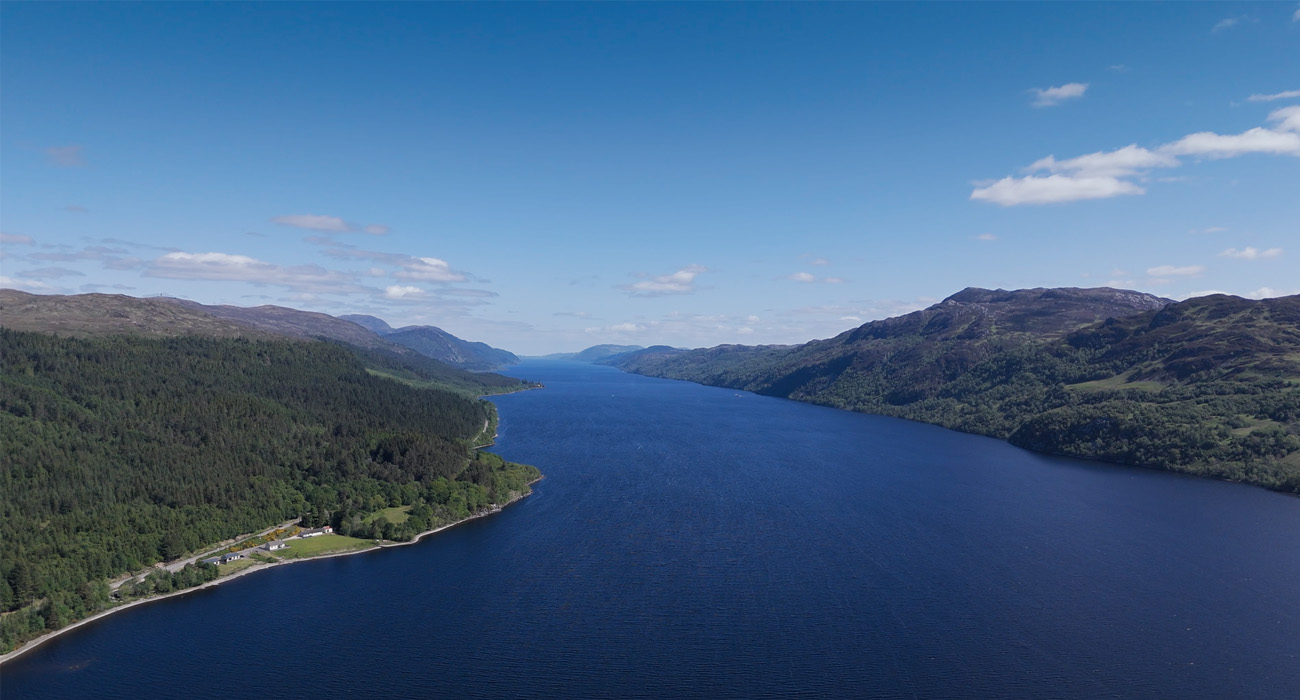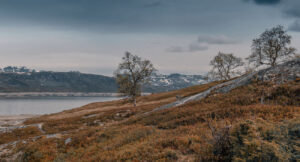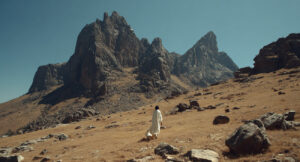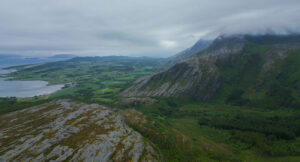Minimalist Landscapes: Less Can Be More
In a world saturated with visual noise, minimalist landscape photography stands out by embracing simplicity. Stripping a scene down to its essential elements can create powerful, evocative images that linger in the viewer’s mind. The philosophy of “less is more” isn’t just an aesthetic choice—it’s a way to highlight beauty in stillness, emptiness, and balance.
Why Minimalist Landscapes Work
1. Stronger Compositions
Minimalism forces you to focus on composition. A single tree in a vast desert, a lone boat on a calm lake, or a solitary road stretching into the horizon—these subjects gain impact when framed with negative space.
2. Emotional Resonance
A minimalist landscape often evokes tranquility, solitude, or even melancholy. The absence of clutter allows the viewer to project their own emotions onto the scene.
3. Timelessness
By removing distractions, minimalist photos often feel timeless. They rely on light, shape, and form rather than fleeting details, making them enduring pieces of art.
How to Capture Minimalist Landscapes
1. Simplify Your Frame
Look for clean lines, uncluttered backgrounds, and a clear focal point. Use wide-open spaces—foggy fields, calm waters, or barren deserts—to create breathing room in your composition.
2. Leverage Negative Space
Negative space (the empty areas around your subject) is key in minimalism. A vast sky, an empty beach, or a blank wall can enhance the impact of your main subject.
3. Shoot in Soft Light
Harsh shadows can complicate a minimalist image. Overcast days, sunrise, or sunset often provide the soft, even lighting that works best for minimalism.
4. Use a Limited Color Palette
Monochromatic scenes or subtle tonal variations (like pastel skies or muted earth tones) reinforce simplicity. If using color, stick to one dominant hue for harmony.
5. Experiment with Black & White
Removing color can strip a scene down to its purest form, emphasizing textures, contrasts, and shapes.
Final Thoughts
Minimalist landscape photography is about finding beauty in restraint. It challenges us to see beyond the obvious and appreciate the quiet moments in nature. The next time you’re out with your camera, try slowing down, observing the scene, and asking: *What can I remove to make this stronger?*
Sometimes, the most powerful statement is the one not overcrowded with words—or pixels.
Do you have a favorite minimalist landscape? Share your thoughts (or photos) in the comments!
Follow my blog for more photography tips and travel inspiration.




